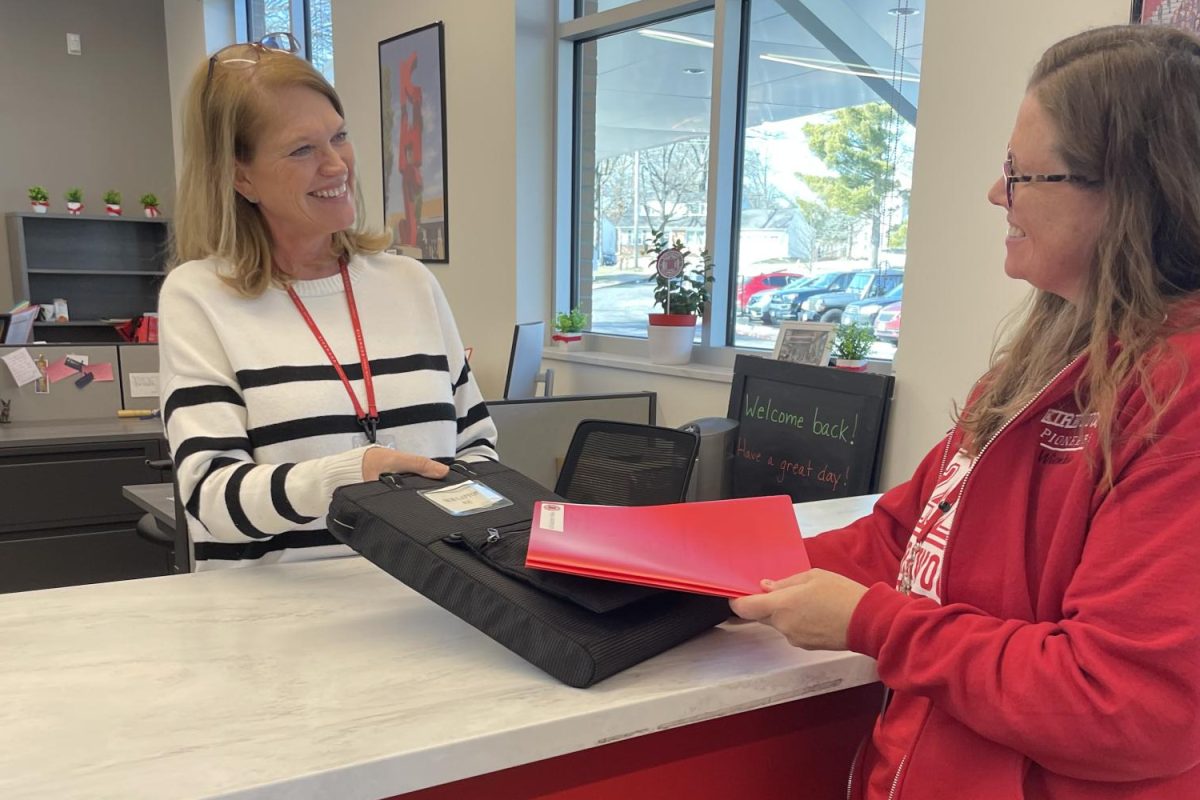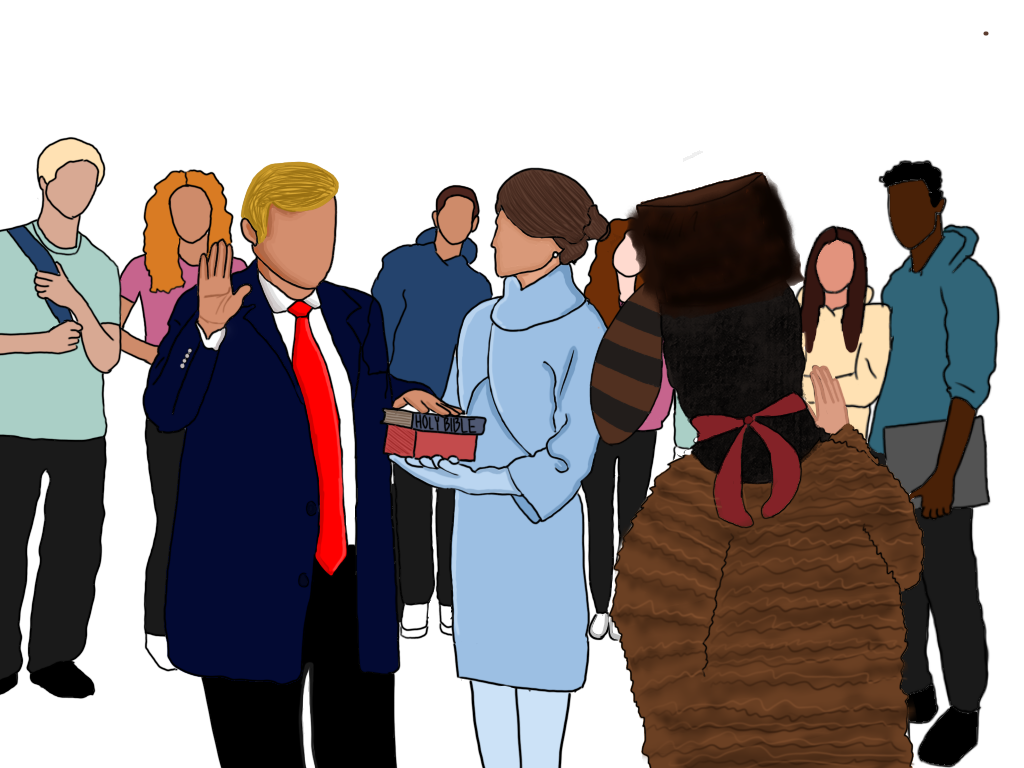Their relationship began their freshman year when Sarah Heuermann spotted Ramon Alton across the hall. Before long, their mutual friends had set them up, and every day they spent together, they got to know more about each other and soon they began what is, so far, their two- year relationship.
“I would consider him one of my best friends. I feel like I can tell him anything and he won’t judge me,” Heuermann said. “We can be ourselves around each other and I like it that way.”
Recent surveys show 92 percent (171/185) of students have friendships with those of a different race while 31 percent (57/184) have been in an interracial relationship.
According to studies done by the Center for Public In- formation and Research on Civic Learning and Engagement, this generation, ages 14-24, is the most diverse in America and is more accepting and open-minded about other people and minorities than previous generations.
“I think older people are deeply rooted in tradition, and they don’t accept people and things different from them- selves as much because they are used to the way things used to be,” Bennett Pruitt, sophomore, said. “They aren’t as accepting of change.”
Pruitt started hanging out with a different group of friends his freshman year who are mostly of a different race than himself.
“Friendships are important because if you don’t have any friends it’s kind of lonely,” Pruitt said. “It’s good when you have people there to support you or occasionally make fun of you.”
Amy Leatherberry, English teacher, met current husband eight years ago in math class during her junior year of high school. After mutual friends set them up, they began dating and as time progressed, so did their relationship.
“He’s the most important thing in my world,” Leather- berry said. “He’s pretty much my everything.”
Heuermann and Leatherberry are white, Pruitt is Thai and Alton and Leatherberry’s husband are black. To them, race does not matter.
“We all have stereotypes, but really, [people of other races] have personalities too. If you get to know someone first, than you don’t really care what race they are,” Heu- ermann said. “It’s the building blocks of friendships and relationships. Race is a minor detail because they are still a person; we are all people.”
In another study by Teenage Research Unlimited, re- searchers found 6 out of 10 teens say their friends include members of diverse racial backgrounds.
These studies show today’s teens, unlike older generations, have grown up with words like “diversity” and “equality” and many students take courses on different ethnic groups and cultures, therefore exposing them to and making them more comfortable with a wider range of people.
“I think we are not yet in a point in our society where everything and everyone is equal,” Leatherberry said. “So we still have to have conversations in order to improve things like tolerance and respect.”
According to these studies, as people become increasingly comfortable with racial and ethnical diversity and inequality, more interracial friendships and relationships are built as well as stereotypes decreased.
“The way you look isn’t something that you can control, and I don’t think it’s fair to judge someone or treat someone unfairly based on something out of their control,” Leatherberry said.
According to Heuermann, Leatherberry and Pruitt, when it comes to one’s view of diversity, people are influenced by those around them, especially their parents, teachers or friends.
“My parents always taught me that it’s not about what’s on the outside of a person but the inside,” Leatherberry said. “I’ve always judged people on the things that they say and what they do as opposed to how they look.”
Although young people have friends of other races, it does not necessarily reduce the negative attitudes they have toward a racial group. Some view their friends as an exception to the existing stereotype.
“We need to stop stereotyping and get to know people first,” Heuermann said. “All that should make a difference is having a friend by your side. It doesn’t matter if they are white, black, green, blue or red, you just have someone that understands you and that you can just call on.”










